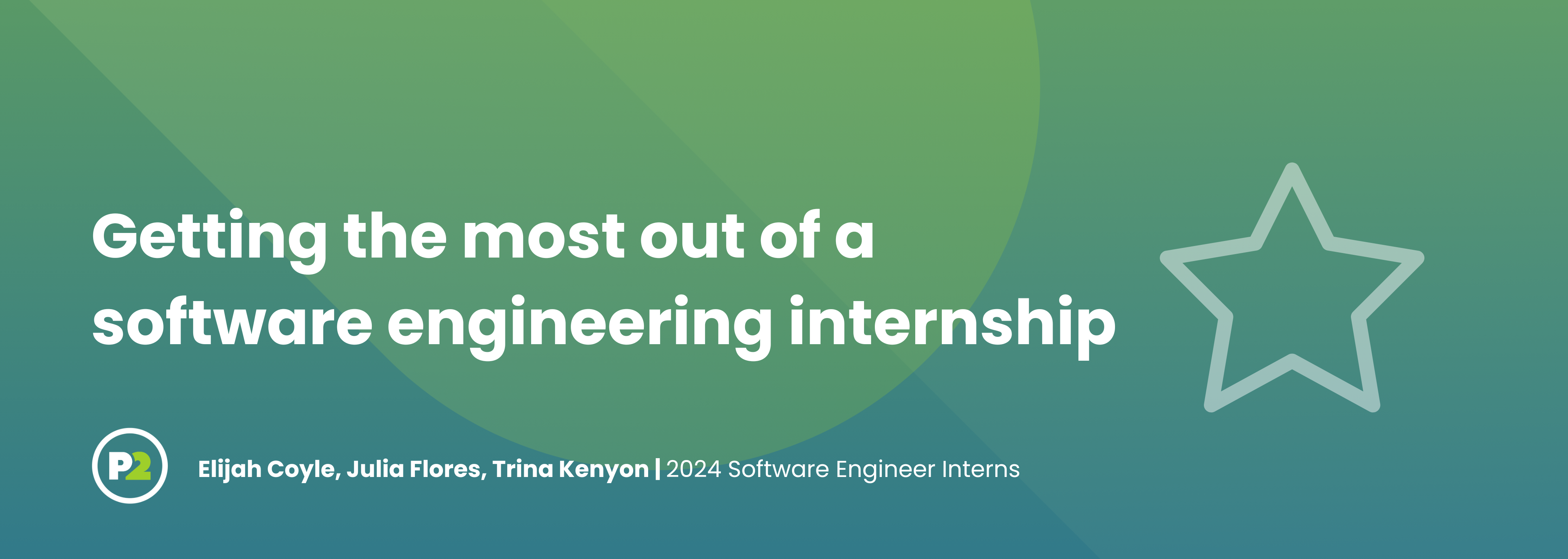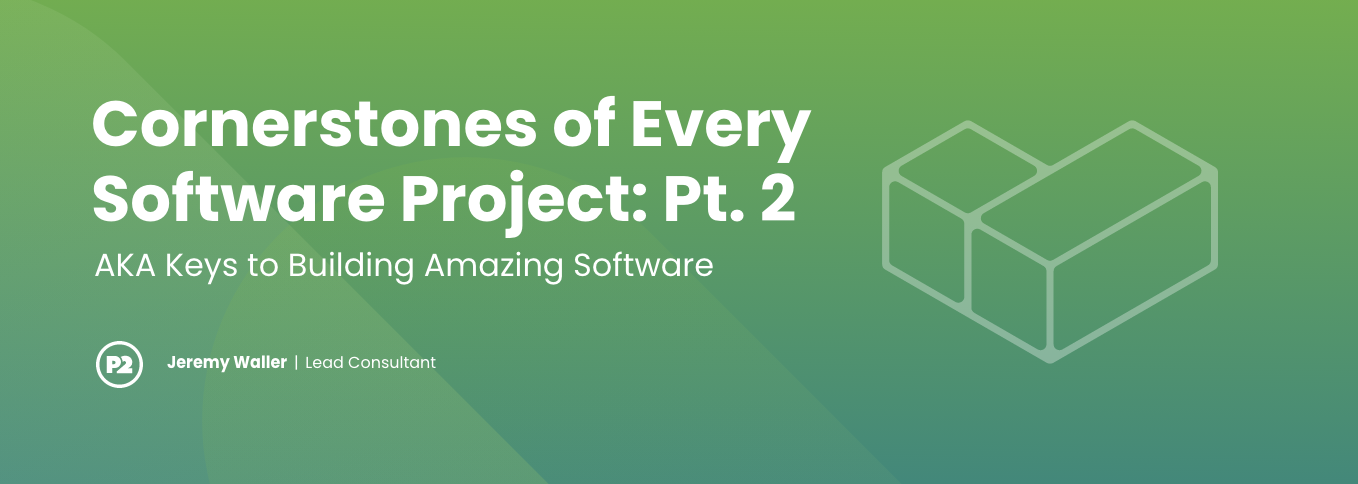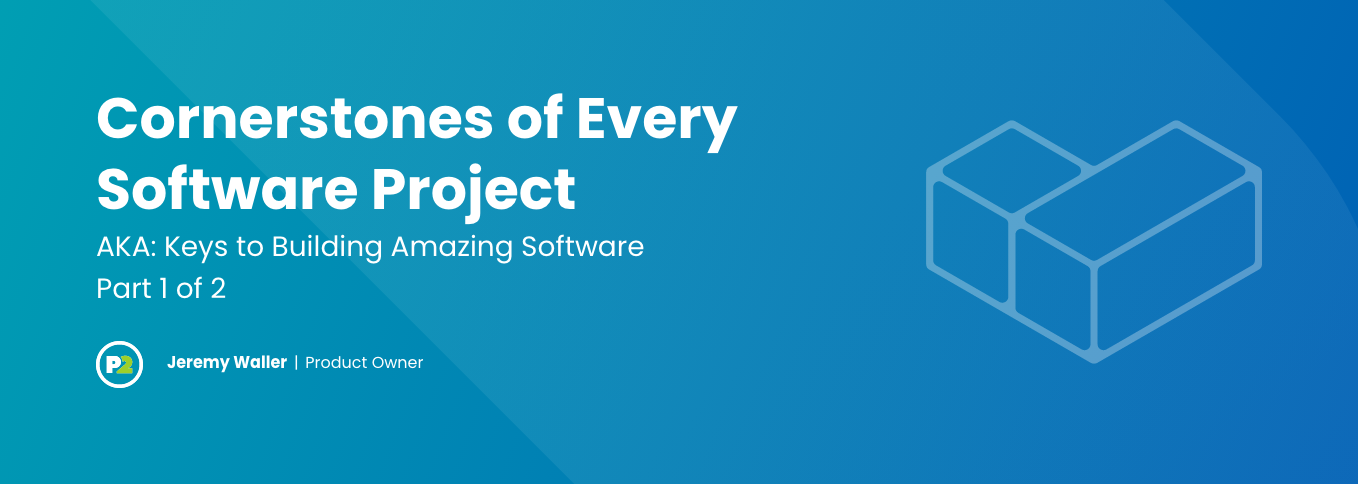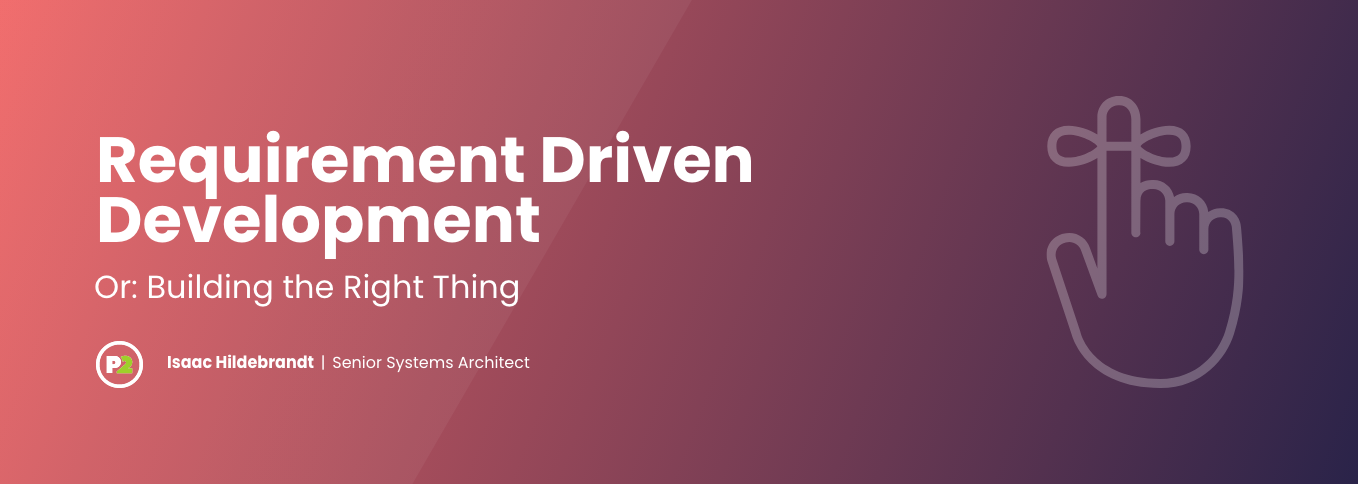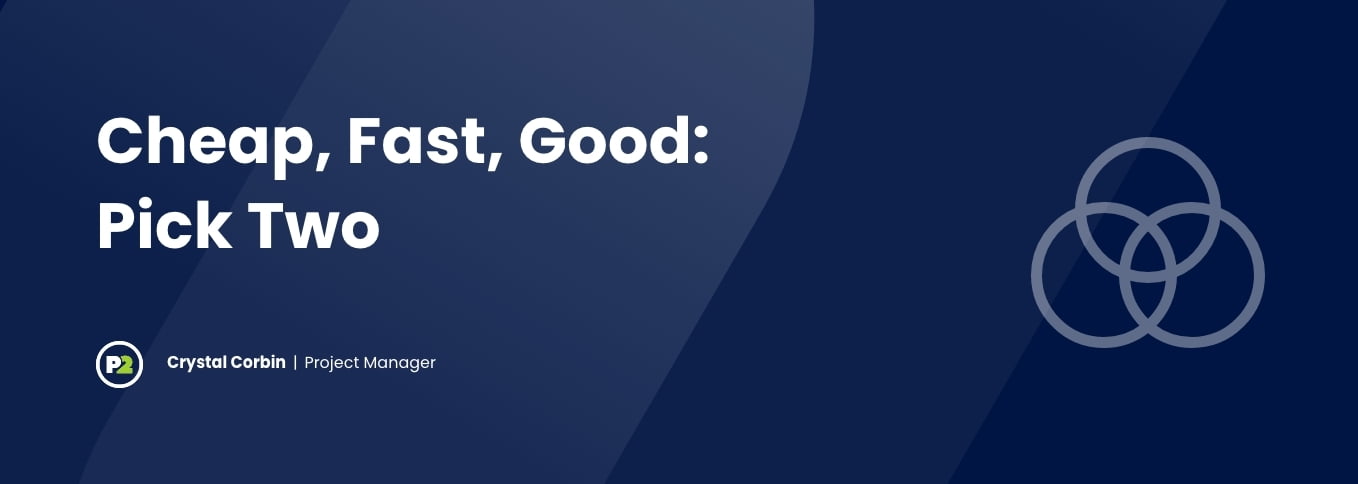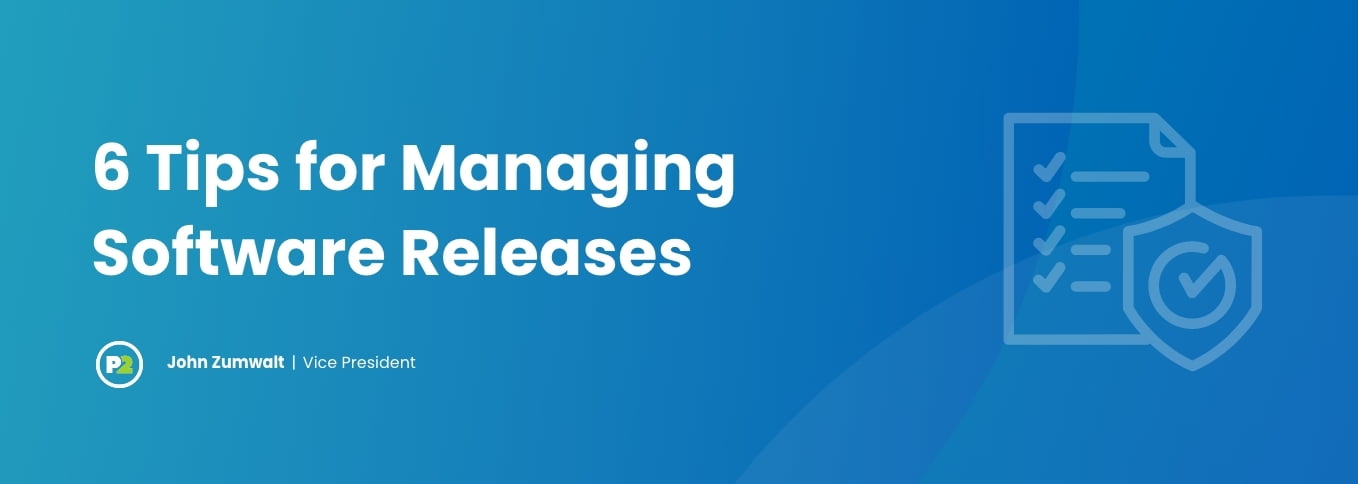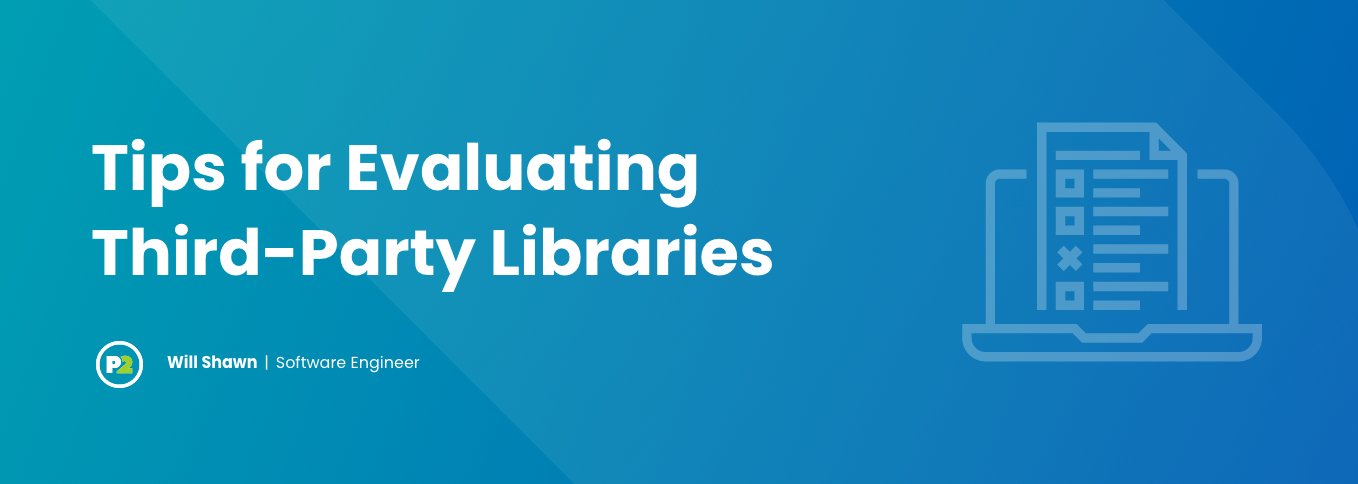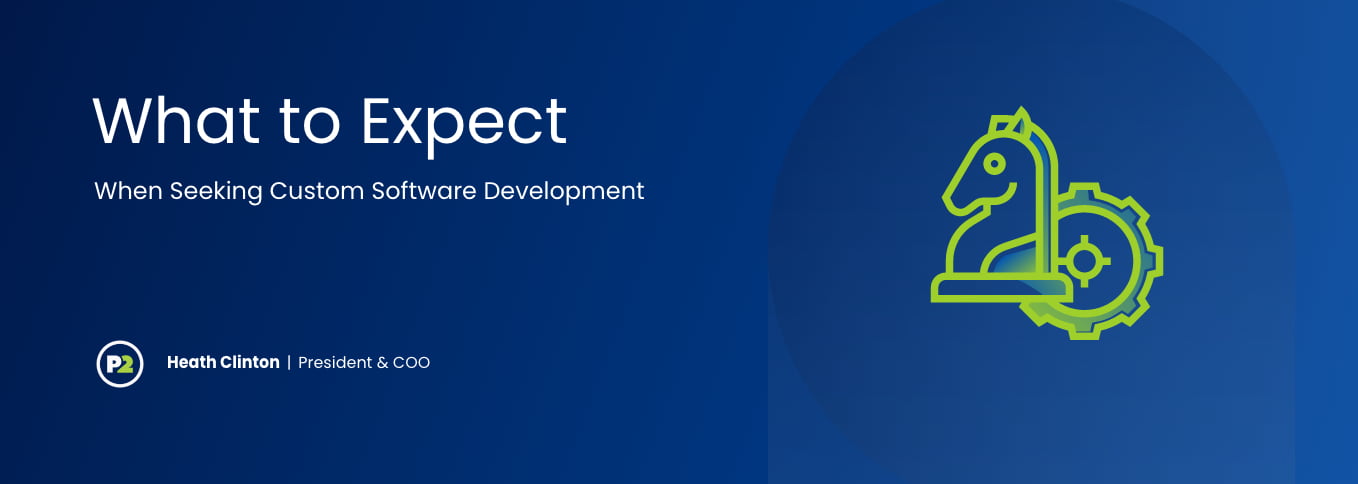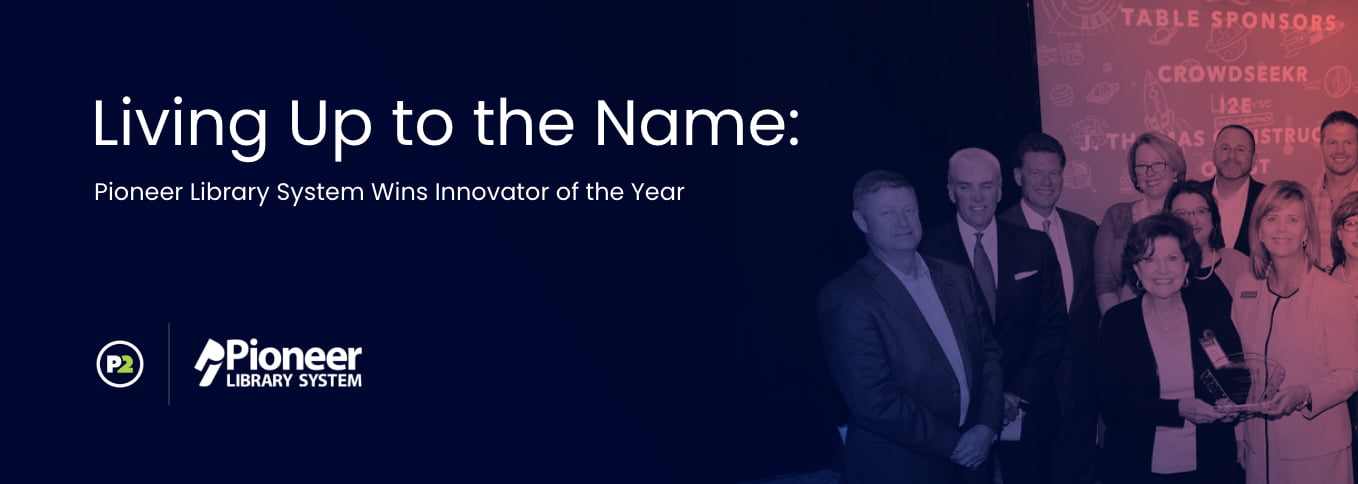Getting the most out of a software engineering internship
By Elijah Coyle, Julia Flores, Trina Kenyon You’ve done it: landed that software development internship you’ve been working so hard for. As a CS major, a good internship can be vital to get real-world experience and help you land a job after graduation. Now that the day has arrived, and you’re all dressed up in your new business casual, you head to the office and wonder, “What am I actually supposed to do now?” Chances are, you have next to no...
Read Post
